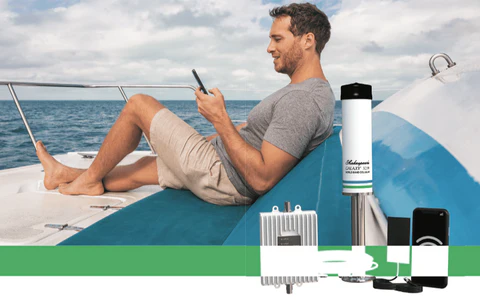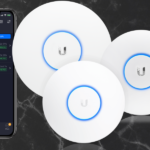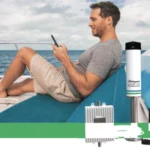
Boosting Your Marine Vessel’s Signal: A Complete Guide
Marine signal boosters are indispensable tools for vessel owners who rely on stable communication while out on the water. Whether you’re struggling with weak cellular signals, spotty internet connections, or VHF radio interruptions, a signal booster can significantly improve your connectivity. Here’s how you can effectively use signal boosters on your marine vessel.
Understanding Marine Signal Boosters
Signal boosters (also known as amplifiers) work by capturing weak existing signals, amplifying them, and then rebroadcasting the enhanced signal throughout your vessel. For marine applications, boosters typically fall into three categories:
- Cellular Signal Boosters – Enhance mobile phone and data connectivity.
- Marine VHF Radio Boosters – Strengthen radio signals for clearer communication.
- Satellite Signal Enhancers – Improve satellite communication, ideal for remote areas.
Installation Considerations
The effectiveness of your signal booster depends heavily on proper installation. Follow these tips to ensure maximum performance:
- Antenna Placement: Mount the external antenna at the highest point of your vessel, such as on the mast or radar arch. This helps optimize line-of-sight access to transmission towers or satellites.
- Separation Distance: Keep a good distance between the internal and external antennas to prevent feedback loops (oscillation) that can reduce the booster’s efficiency.
- Wiring Protection: Use marine-grade cables and seal all connections with waterproof sealants to protect against the harsh marine environment.
- Power Requirements: Connect your booster to a reliable power source. Many units are designed to be wired directly to your vessel’s 12/24V DC system.
Optimizing Performance
Once installed, there are a few steps to ensure that your signal booster performs at its best:
- Maintain Clear Sight Lines: Keep the external antenna’s path free from obstacles like masts or equipment that can block signals.
- Monitor Signal Strength: Many modern boosters feature indicator lights that show signal strength. Use these to adjust your vessel’s position to find the optimal signal.
- Manage Expectations: Remember, boosters can only amplify existing signals—they can’t create them where none exist. In remote locations, satellite communication may be your only option.
- Adjust Gain Settings: Some boosters allow you to adjust the amplification level. In areas with a moderate signal, reducing the gain can improve performance by cutting down on noise.
Choosing the Right Booster for Your Needs
The type of signal booster you need depends on your primary communication requirements:
- For recreational boaters who stay within 20-30 miles of shore, a cellular booster is typically sufficient.
- For offshore passages, consider a combination of VHF boosters and satellite signal enhancers for redundant communication options.
Maintenance Tips
To keep your signal booster working efficiently, perform regular maintenance:
- Check and clean all connections
- Inspect antennas for corrosion or damage, especially in saltwater environments.
- Test system performance regularly to ensure everything is functioning properly.
- Update firmware on digital systems to stay ahead of any performance issues.
Regulatory Considerations
Before installation, it’s important to be aware of local regulations. In the United States, for example, the FCC requires that certain cellular boosters be registered. Always ensure your equipment complies with local rules to avoid interfering with other critical communication systems.
By understanding how to choose, install, and maintain your marine signal booster, you’ll enjoy more reliable communication while navigating the seas. This not only enhances safety but also ensures smoother voyages with less connectivity frustration.



